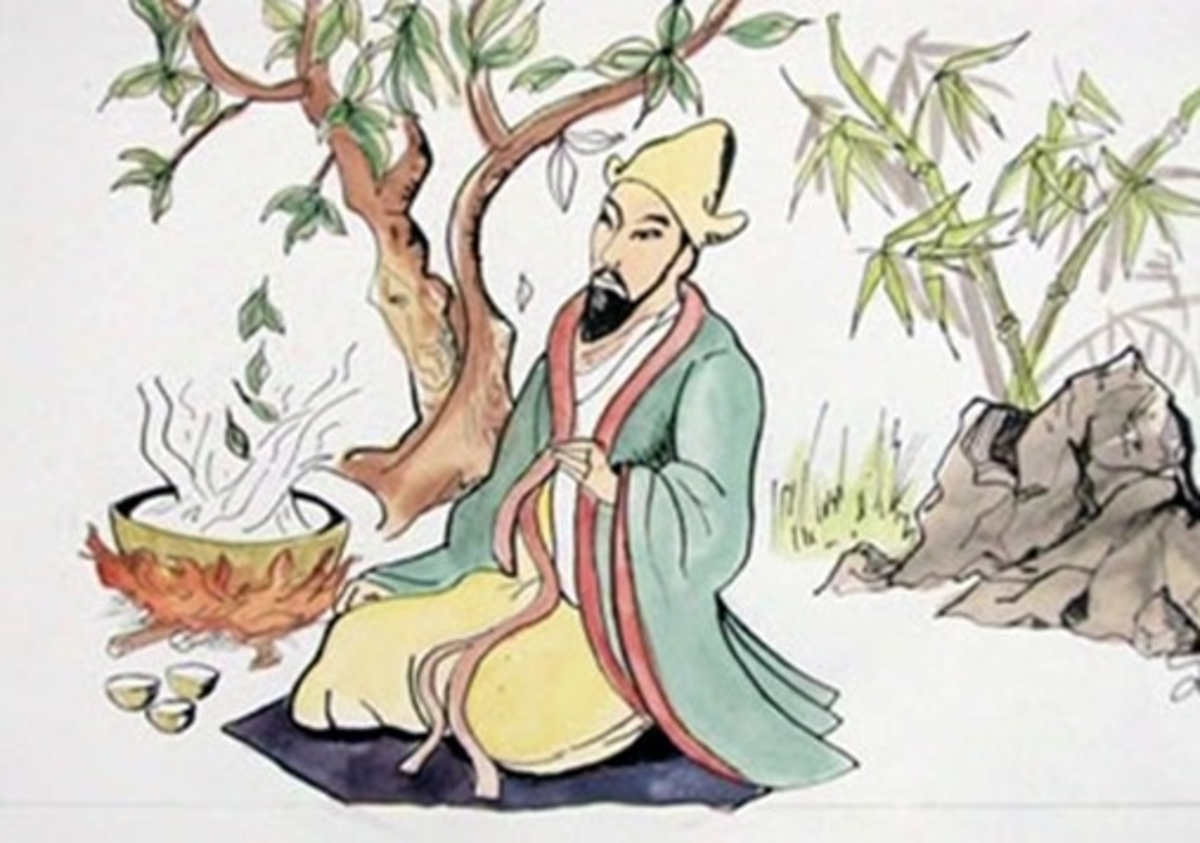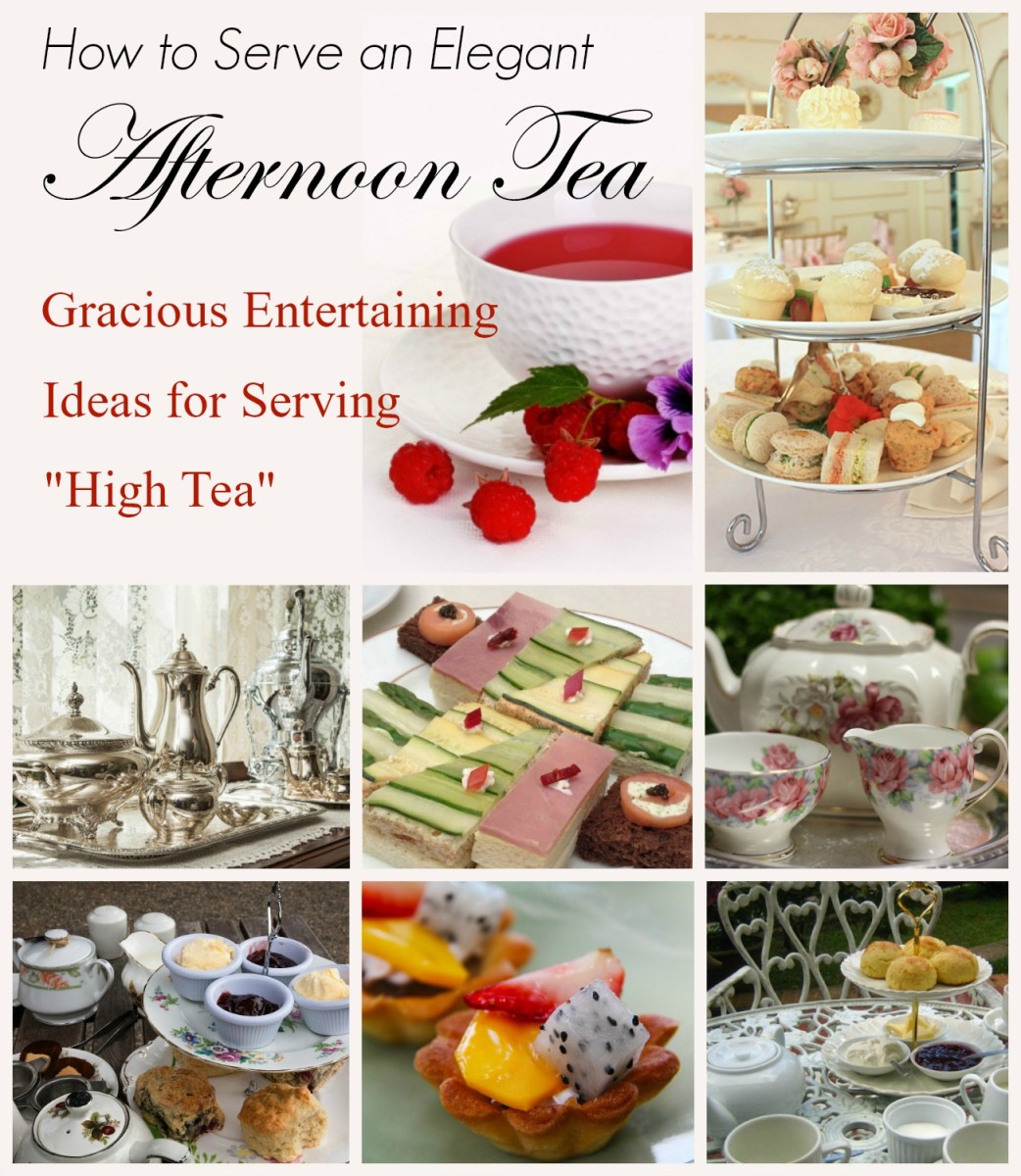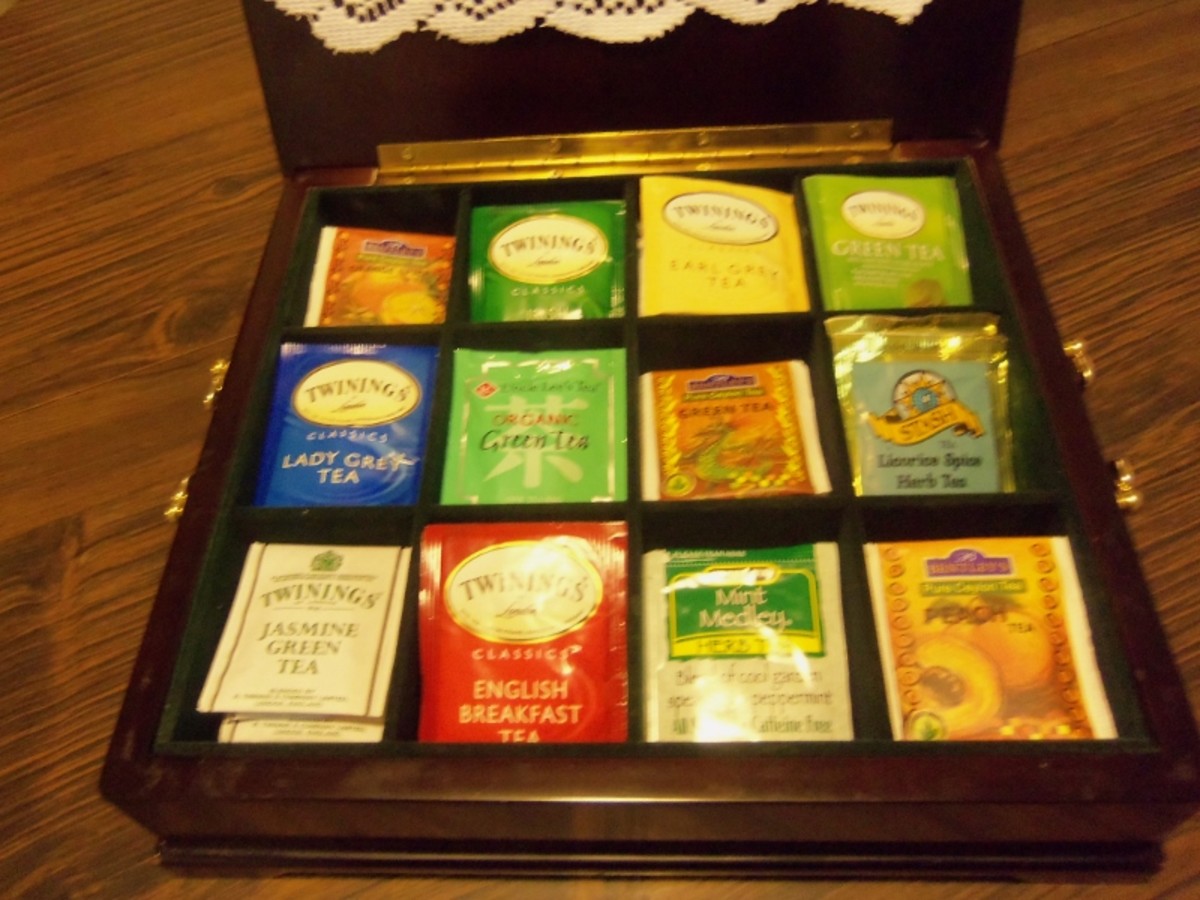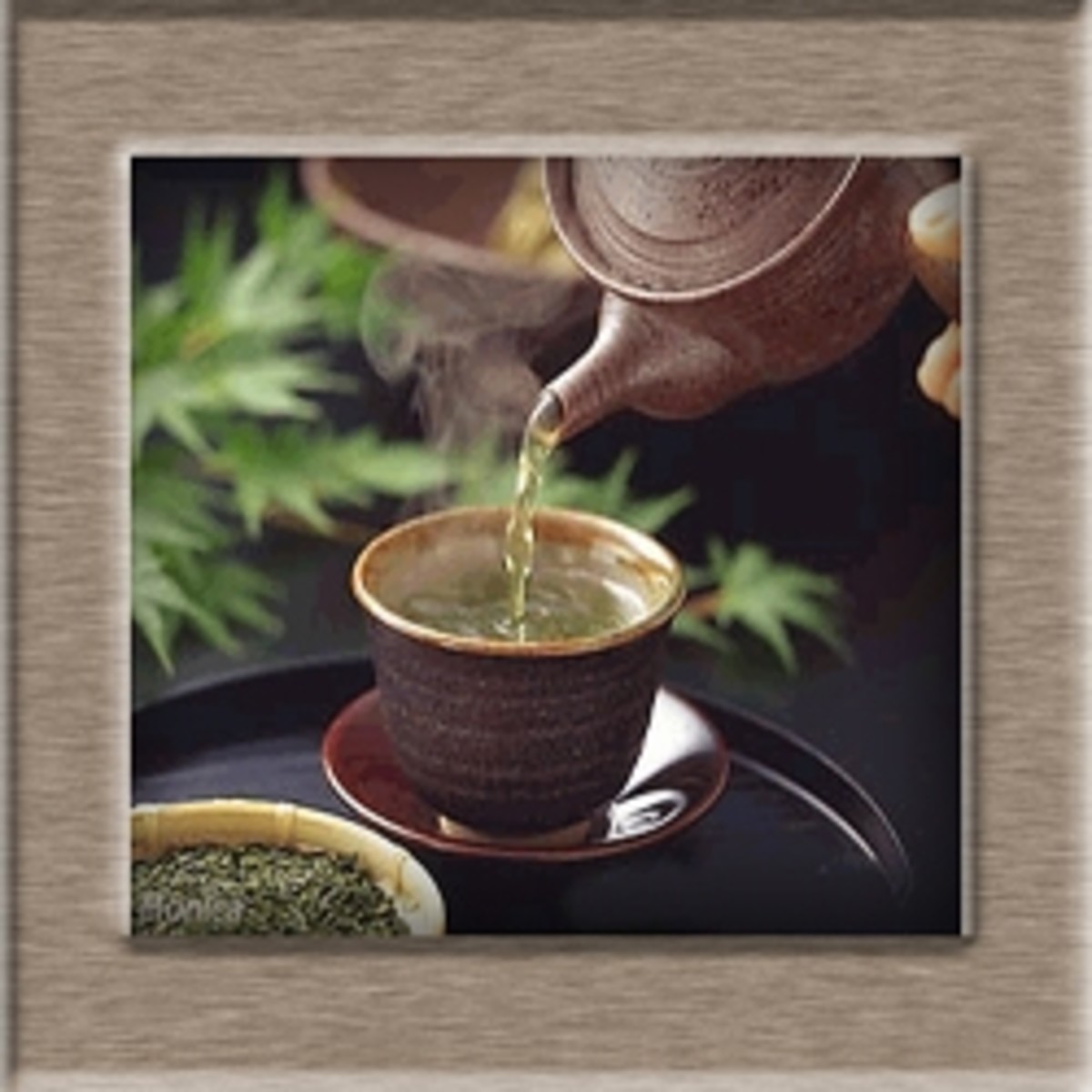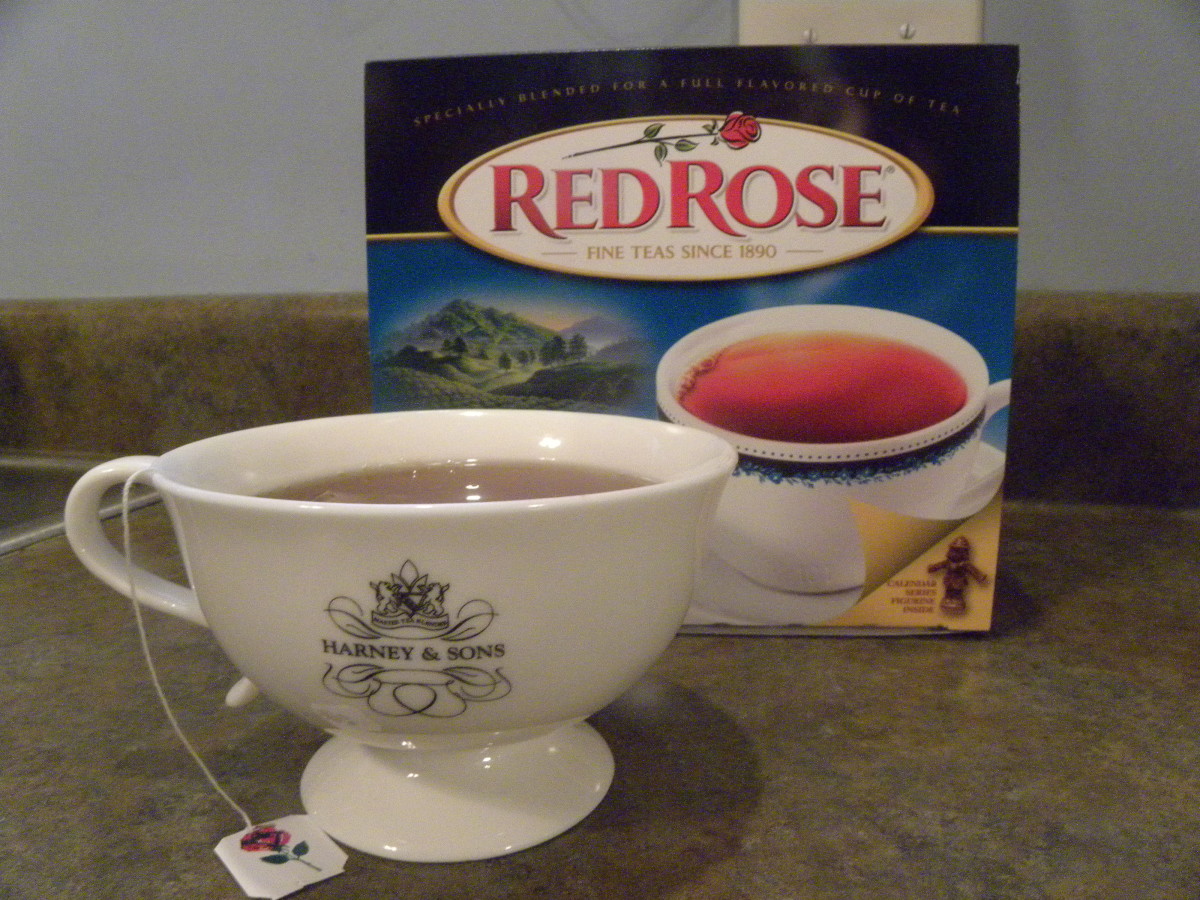Exploring the Beautiful Tea Ceremony in Japan and China
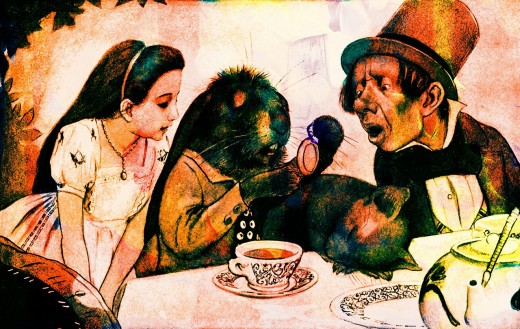
History of the Tea Ceremony
Camellia sinensis or tea, is intricately woven into the customs and practices around the world and throughout the history of tea and the art of drinking tea - the tea ceremony - has produced special utensils and vessels especially designed for use during consumption. Drinking tea can be a solitary experience, one that is enjoyed by a cozy, warm fire but it is probably enjoyed just as much as an elaborate social event lasting for as much as four hours as it is in Tea Ceremonies.
In China tea masters teach the art of the gong fu Tea Ceremony, an elaborate form of tea service involving specific steps and etiquette behind serving guests. The ceremony involves washing the service pieces at the table, infusing the tea repeatedly, educationg the guest, enjoying the first fragrance of the tea and, lastly, enjoying the delicate taste of the oolong tea. It is an involved process requiring mindfulness, patience and skill.
The Japanese culture and Chinese culture are similar in the development of reverence for tea. The origins of Japanese tea drinking goes back as far as the eighth century or the Nara Period, dating from 710-794 A.D. according Mary Lous Heiss and Robert J. Heiss in The Story of Tea. Because of the expense of importing it from China tea began as the drink of the few: the religious monks, the imperial family and the nobility.
By the 1600's, the custom of drinking tea had spread throughout Japan and, as in China, distinct and often complicated ceremonies became attached to tea drinking. The monks of Japan developed ceremonies that were very austere and in keeping with Zen practices. In fact, the important Chanoyu (The Way of Tea) drinking ceremony was created within Zen Buddahism. It represented "spiritual refreshment and harmony with the Universe." The nobility had ceremonies that were much more robust and the makeup of the ceremonies was much closer to parties or celebrations rather than formal ceremonies.
To support their elaborate forms of tea drinking ceremonies and to teach others how to correctly perform the ceremonies, schools dedicated to The Way of Tea were created and exist today. Often these schools were associated with families and the art learned by early family members was taught to successive generations.
The Chinese were not alone in creating beautiful vessels for tea, the Japanese also developed distinctive designs and styles of tea pots and drinking cups. Like those of the Chinese, these different styles can be traced back the the various periods of Japanese history and ruling empires, identifiable by the shape and the kinds of adornments on the teapots, making them sought after by collectors.
The Sencha Tea Ceremony developed in Japan during the 1600's. This simplified tea ceremony and style of brewing became increasingly popular until it is widely practiced throughout Japan today. In the book The Tea Companion, Jane Pettigrew beautifully summed up the Tea Ceremony saying "[It] captures all the essential elements of Japanese philosophy and artistic beauty, and interweaves four principles - harmony (with people), purity (of the heart and mind), and tranquility."
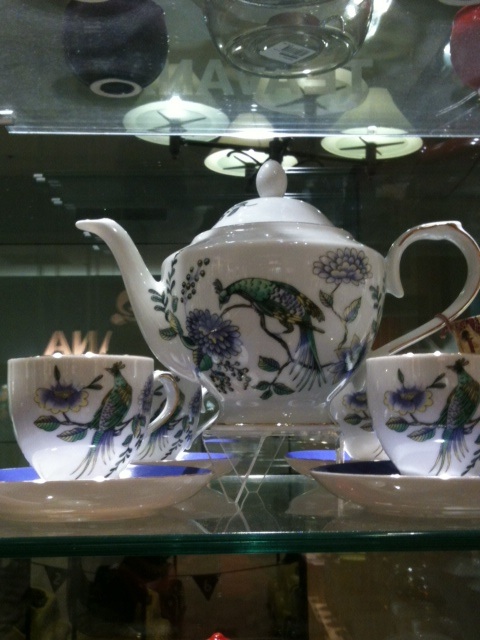
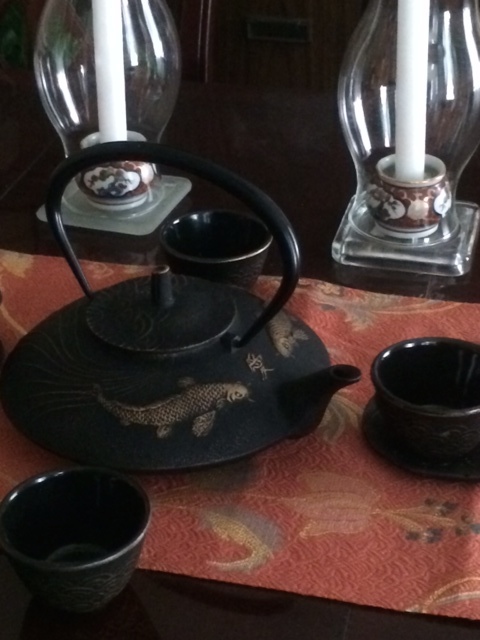
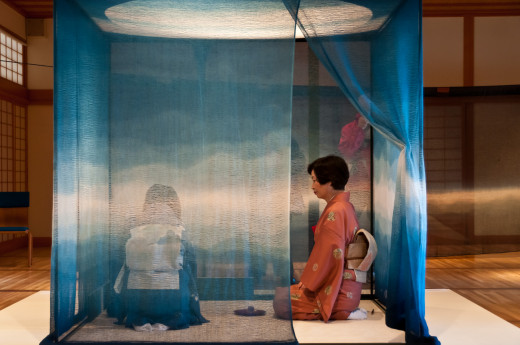
"Drinking tea bespeaks a quest that one offers to his friends for the beauty of gestures, of objects and the heart."
— Sogaku of the Hayami SchoolThe English Afternoon Tea
The English developed their own ritual in the form of Afternoon Tea and the practice has its place in the history of tea. The Afternoon Tea is said to have been introduced to English Society for a very practical reason - hunger pangs! While not a ceremony in the purist sense, it is a ritual that can have flair and can leave guests with quite an impression.
During the early 1800's, the dinner hour was as late as 8 or 9 o'clock at night. Anna, the seventh Duchess of Bedford felt it was a long time from lunch to dinner and asked her kitchen to provide a small morsel to tide her over until dinner. The kitchen did as she asked, preparing tea along with small sweet meats and dainty sandwiches. It soon became a custom for the Duchess to invite her friends to share this afternoon ritual with her. They enjoyed the novelty so much that they then began to share the experience with their friends.
Not surprisingly, the enjoyable (and remember practical) habit spread among her friends and eventually became commonplace throughout England. It didn't hurt that the tea was often delicious and the sweets served with them had been carefully prepared to delight the palate.
In a short while, Afternoon Tea became so important in English society that "Victorian ladies were judged by the quality of their Afternoon Tea." As you can imagine, etiquette, proper menu, tea services and linens soon emerged as an industry supporting the Afternoon Tea as a ritual. Beautifully designed tea sets and silver were coveted by every lady of the house with "means" and social standing.
Afternoon Tea flourished until after World War II when life became more hectic. Today's busy pace and long days makes eating any meal difficult, let alone trying to find time for Afternoon Tea. Yet, many do find the time for this tradition of drinking tea, even if only for special occasions. Most hotels in England still provide the Afternoon Tea. There are some hotels, such as the Ritz Carlton, that prepare a wonderful Afternoon Tea which is available not only available in England, but also in America and across the globe. More individuals are finding it to be a great way to refresh for the remainder of the demands of the day. It is even becoming an occasional substitute for the lunch business meeting.
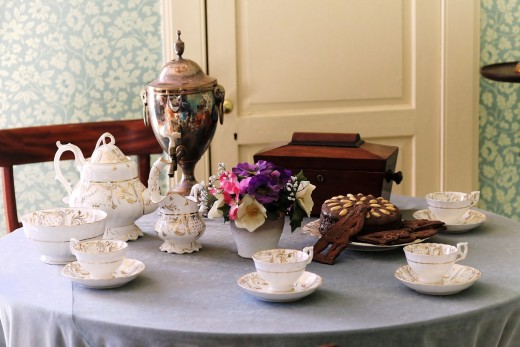
Tea Ceremony
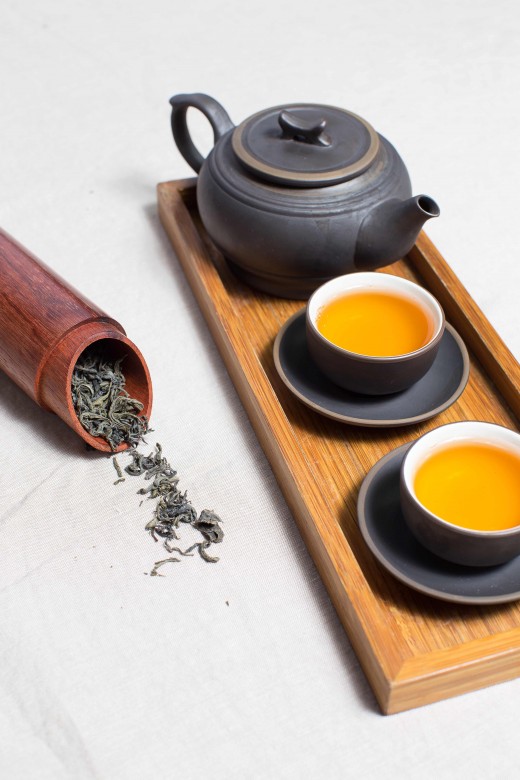
Start Your Own Customs for Drinking Tea
Afternoon Tea lends itself beautifully to special occasions, particularly bridal showers and gathering of old friends. The warmth and aroma of the tea, the beauty and elegance of the tea service, create an ambiance that solidifies friendships and creates memories. If you are the hostess for afternoon tea, send out invitations, dress your best, bring out your best linen, table setting and China. Display the tea caddy and choose a tea you think will complement your delicacies. Create an affair to remember in your home.
When indulging in drinking tea sans company, experiment with a variety of teas. All true tea (not to be confused with herbal tea) is from one plant source, the camillia sinensis. However, tea is now grown in forty-five countries - Vet Nam, Kenya, Tanzania, Thailand, Iran, Turkey, New Zealand, China, Japan, India and South Carolina in the U. S. are a few- and the varieties and grades seem endless.
While the varieties are many, they are derived from the basic green tea, oolong tea, Black tea, Pur-erh and scented teas including Jasmine and Earl Grey. (It should be noted that herbal teas are not included because they are not true teas.)
All tea is not created equal however. Like wine, it's in the preparation and the region it is grown in that determines a really good tea versus mediocre or a really bad tea. There are master tasters who grade the tea. As you are experimenting with the taste of different teas and introducing them at your own tea ceremonies or parties, don't be afraid to consult someone who is familiar with grading tea to help in choosing your tea. However, an easy way to identify top quality tea is to look for teas that have the number one (1) added after the grading letters.
Health Benefits of Drinking Tea
Aside from its refreshing quality, and the relaxation plus camaraderie that can come with creating your own customs, tea has health benefits. Some are well documented, while other benefits are anecdotal or have no hard evidence attesting to veracity of the claims. What is known is that tea is full of antioxidants that can reduce free radicals. Tea is indulgence that has almost no calories if no milk or sugar is added. Tea naturally contains fluoride which makes it excellent for the teeth.
The caffeine in tea is known to increase concentration, alertness, accuracy, and enhance the sense of taste and smell. Tea also stimulates digestion and the metabolism while helping to eliminate toxins from the liver and the kidneys. In short, tea was introduced as a drink with medicinal properties and voila! Many of those early claims are being scientifically proven today.
However, even if there were not added health benefits to drinking tea, the tea ceremony is a beautiful way to enjoy this ancient beverage. The ceremony has survived and thrived through the centuries, especially in the Japanese and Chinese culture. The tea ceremony gives a simple activity, drinking tea, a grace and elegance that makes having tea with friends memorable. Go ahead, indulge yourself and impress your friends. You've learned the history of the tea ceremony now learn the art of performing one.
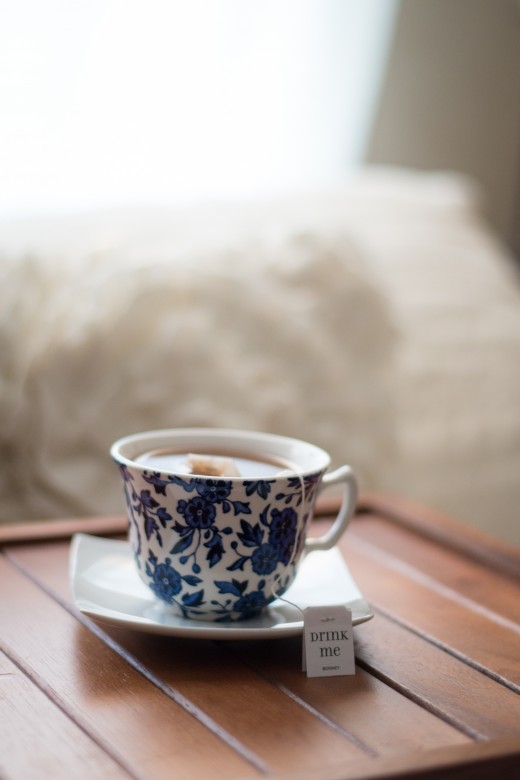
Take the quick quiz.
Which are you - tea, coffee or neither?
This content is accurate and true to the best of the author’s knowledge and is not meant to substitute for formal and individualized advice from a qualified professional.
© 2017 Cynthia B Turner

